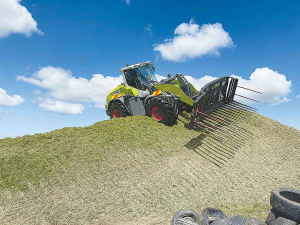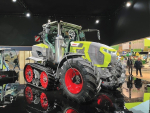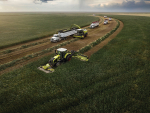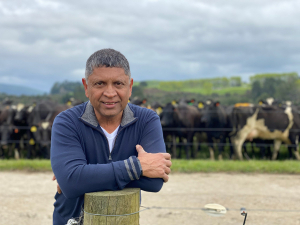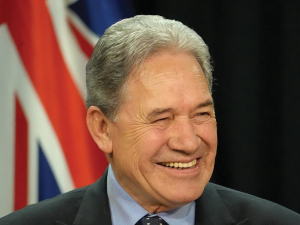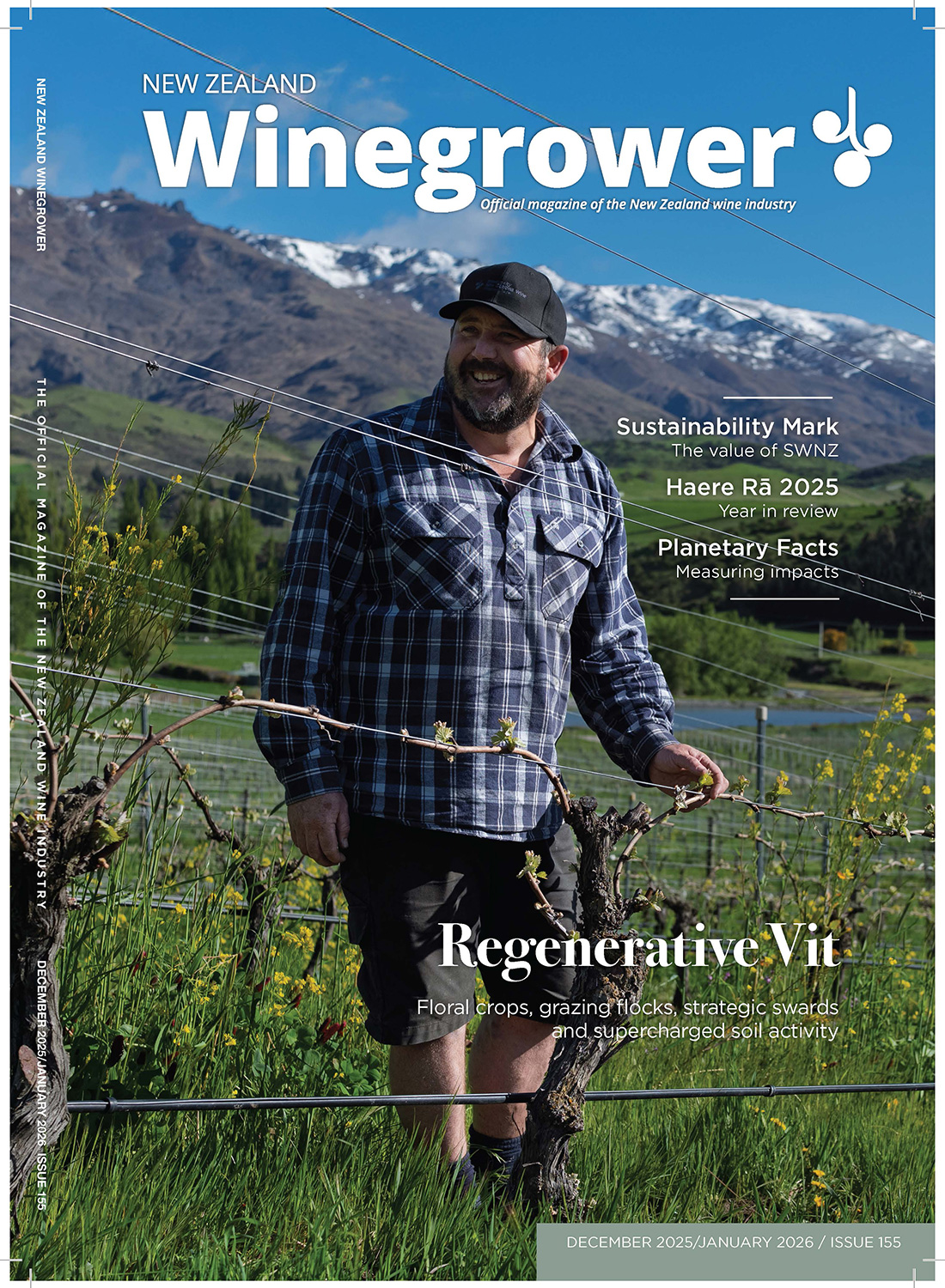Silage making is both a science and an art, but Claas says it offers onboard technology featured in its Claas Perfect Partners to help farmers make silage more efficiently and effectively.
Firstly, ISOBUS compatibility enables seamless integration and communication between tractor and implement, which increases productivity and ease of use, says Claas.
When paired with Claas Disco mowers, the mower functions like individual lifting, side shifting or groupers in and out of work, can be configured to an ISOBUS tractors F keys allowing easy control – even while mowing is underway.
The standard Active Float mower suspension can be adjusted to suit the harvest conditions via ISOBUS while mowing is underway.
GPS Pilot Cemis 1200 is said to offer precise track guidance and numerous ISOBUS functions.
Agricultural machines can be steered efficiently using the associated terminal, allowing the exchange of data and information with a universal language through a single control console in the tractor’s cab.
Overlaps cost time and money, but Claas says the 1200 is a way to avoid them, helping you with track planning and guidance. “With adjustable correction signals, you can achieve ultraprecise fieldwork – allowing you to work stress-free as well as saving you time and costs.”
Another silage making tool from the company is the Cemos operator assistance system for combine harvesters, forage harvesters and tractors from Claas.
The system’s software suggests the best setting values and helps the operator continually adjust the machine to the field conditions.
Cemos Auto Performance fundamentally changes harvest management for forage harvesters by maintaining a constant engine speed and adjusting the engine output and ground speed, the operator assistance system increases efficiency by up to 7% and enables a remarkable fuel saving of 12% under partial load.
Claas has also introduced an app to assist with the management of its factory-fitted forage inoculant dosing system.
The app helps the operator to determine the correct dosage settings based on crop yield, crop type, operating width, working speed, and the recommended dosage.
“This simple app avoids underdosage, which can have a significant impact on silage quality and overdosage, which leads to excess use of expensive inoculants,” says Luke Wheeler, product business manager, green harvesting.
“Once the data has been entered, the operator can implement the recommended settings using the CEBIS terminal.”





